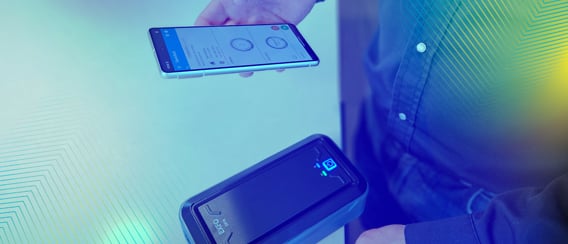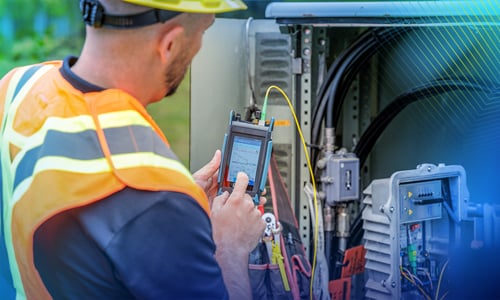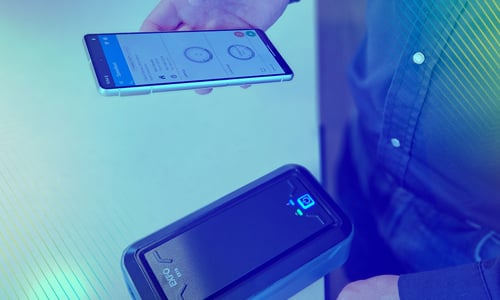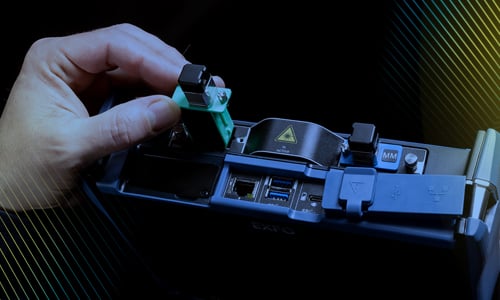New standard, new headaches: solving the Wi-Fi 7 testing puzzle
Wi-Fi 7 looks great on paper—up to 46 Gbit/s, lower latency, stronger efficiency. But your customers care about real speeds in real buildings, not lab numbers. Proving that performance in the field is where headaches begin.
What is Wi-Fi 7?
WiFi 7 (IEEE 802.11be) is the latest generation of wireless LAN, designed to deliver faster speeds, lower latency, and greater efficiency. It introduces key upgrades like 320 MHz channels, 4K-QAM, 16 spatial streams, and theoretical rates up to 46 Gbit/s.
Bigger channels, bigger challenges for testing Wi-Fi 7
320 MHz channels turn the spectrum into a sixteen-lane highway. Indoors, though, interference and legacy gear often squeeze that highway back to a reduced number of lanes.
More antennas, same limits
Wi-Fi 7 supports up to 16 spatial streams, but most phones, laptops, and testers use only a few. A practical two-antenna tool—like EXFO’s EX10-7—still confirms up to 3.9 Gbit/s, matching the 67 % efficiency you actually see from PHY to application layers.
Multi-link power—when it works
Multi-link operation (MLO) can boost throughput, steer around congestion, or add redundancy across 2.4, 5, and 6 GHz. It only delivers if both the AP and the client have the radios and firmware to support it.
Five field realities you can’t ignore
1. Device ceilings: Client hardware rarely taps the full potential of Wi-Fi 7.
2. Throughput truth: End users feel Layer-4 speeds, not brochure rates.
3. Missing features: Many access points ship without MLO or 320 MHz enabled.
4. Tester coverage: Tools must handle all three bands in a rugged, handheld form.
5. 6 GHz drop-off: Higher frequency, shorter reach: repeaters must be verified.
What your tester must do
• Measure true Layer-4 throughput under real traffic.
• Scan channel use and RSSI on 2.4/5/6 GHz.
• Track BSSID hand-offs to prove repeater efficiency.
• Sync results to the cloud for complete job visibility and reporting.
Why you don’t need 16 antennas
Field testing isn’t about matching lab specs—it’s about proving that the streams you have deliver the service your customer expects. Purpose-built two-antenna testers keep costs down while confirming real-world performance.
From promise to proof
Wi-Fi 7 lifts performance ceilings and testing complexity at the same time. Give your crews connected, right-sized tools and those new headaches turn into clear proof that next-gen networks really deliver.




